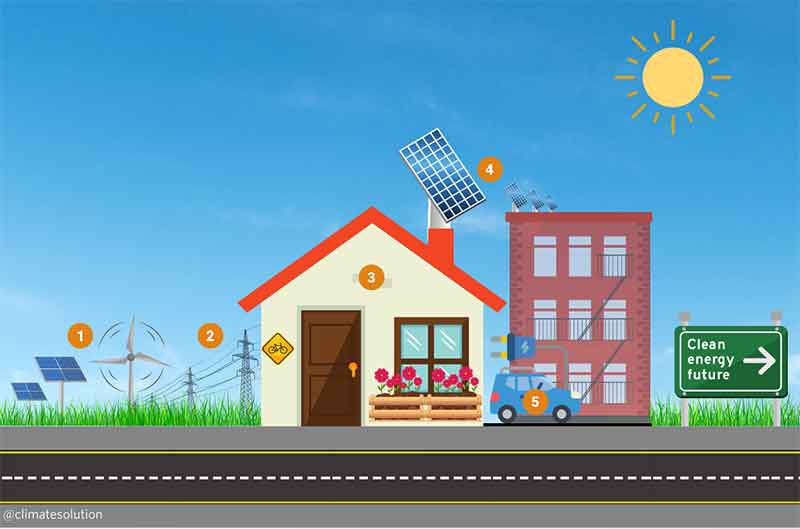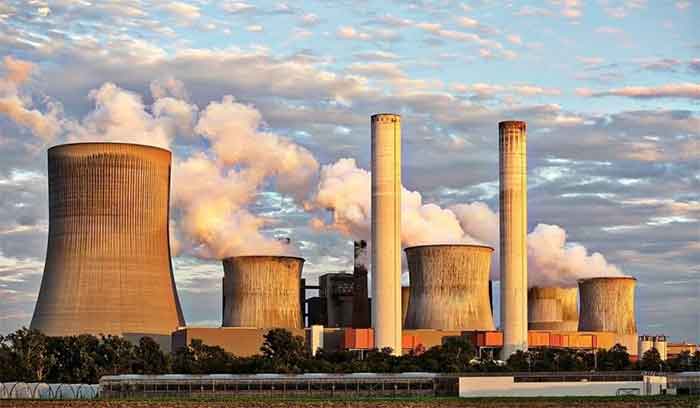
The Paris Agreement under the United Nations Framework Convention on Climate Change (UNFCCC) is one of the first international instruments to include the term ‘climate justice’. While the notion of justice has been explored in several contexts – purely legal, economic, and social –, the visible effects of climate change, most notably in the form of extreme weather events, have led to linking of climate change with human rights. Greenhouse gas (GHG) emissions, primarily responsible for warming up of the climate, in the rich and developed world have far exceeded those of people living in the poorer and developing world. The fallout of the climate crisis, however, has been felt most disproportionately by those who are least responsible for it. The term ‘climate justice’, thus, has gained currency, and entails both intra-generational and inter-generational justice.
As early as 1992, the UNFCCC recognised the need for equitable treatment of people who did not contribute to climate change but were at risk of bearing its brunt. While the term ‘climate justice’ has not been expressly used, the text of the UNFCCC is replete with climate justice principles. It lists ‘intergenerational equity and common but differentiated responsibilities and respective capabilities’, as one of the guiding principles for parties. It also duly notes that the lion’s share of GHG emissions has originated in developed countries and is mindful of increase in emissions from developing countries to meet their needs.
Tellingly, the UNFCCC also expresses concern for the special needs of developing countries ‘that are particularly vulnerable to the adverse effects of climate change’. With a steady rise in GHG emissions globally, these words appear to have had a prophetic effect. India, for example, has 650 million people who depend on rain-fed agriculture for a living. Millions could be displaced in Bangladesh owing to a one metre rise in sea levels. Large swathes of land in the Arab region could be rendered unliveable due to oppressive heatwaves. The effects of climate change are slated to be worse in Africa with the continent threatened by severe water stress and diminishing crop yields by 2020. Coupled with the adverse effects of climate change, is the quest of developing countries for development and poverty elimination.
PARIS AGREEMENT
Against this backdrop, the Paris Agreement assumes significance because it notes ‘the importance for some of the concept of “climate justice”, when taking action to address climate change’. It also reiterates the principles of equity and common but differentiated responsibilities and respective capabilities, contained in the UNFCCC. The fact that the Paris Agreement has reached its enforcement threshold – ratification by at least 55 countries which together account for at least 55 % of global GHG emissions – within 12 months of its adoption, suggests political will to address climate change.
The Paris Agreement will be operationalized when it comes into force on the 4th of November. The Conference of Parties (COP) i.e. the decision making body of the UNFCCC, will also serve as the meeting of the Parties to the Paris Agreement or CMA, the decision making body under the Agreement. The obligation of parties to hold temperature rise ‘to well below 2°C above pre-industrial levels and pursuing efforts to limit the temperature increase to 1.5°C above pre-industrial levels’ will be triggered. More importantly, the rules, modalities and procedures under the Agreement will be negotiated by the parties.
CHALLENGES IN MARRAKECH
One of the core challenges of COP 22 will be to flesh out equitable mechanisms for the historically disadvantaged global south. Towards this end, the first task will be to clarify features of, and facilitate transparency and understanding of Nationally Determined Contributions (NDCs) i.e. targets of the parties to reduce greenhouse gas emissions. The Paris Agreement exhorts parties ‘to reach global peaking of GHG emissions as soon as possible’ and ‘pursue domestic mitigation measures’. The implementation of the NDCs, however, is not binding upon parties. Parties, in their communication to Ad Hoc Working Group on the Paris Agreement, have stressed upon ‘national determination’ of the NDCs. Therefore, negotiations on emissions reduction and mitigation strategies, with a view to possibly limit warming to 1.5°C, are vital to climate justice.
The second crucial task is the development of the Paris Agreement rulebook. It will spell out modalities, procedures and guidelines or rules for a number of purposes including emissions mitigation and sustainable development (Article 6), adaptation to climate change (Article 7), transparency framework for action and support (Article 13) which will in turn provide clarity on NDCs, adaptation, climate finance, transfer of technology and capacity building, periodic stocktaking of the Agreement’s implementation (Article 14), and establishment of a committee to facilitate implementation of and promote compliance of the Agreement (Article 15). The rulebook will help in reporting and accounting for climate action. While the Paris Agreement stresses upon equity and consideration for vulnerable groups, effectively it is the rulebook which will determine the implications for climate justice.
Another area likely to be contentious is the Green Climate Fund – finance to the tune of USD 100 billion annually, by developed countries to developing ones in order to support mitigation and adaption. Some wealthy countries are wary of raising money from institutions such as the World Bank, whereas others want to turn to private banks. There is also the issue of the amount of contribution by each country, and allocation of the funds raised, both country wise and project wise.
Progress on the climate justice front is fundamental to the fight against climate change. In the past few years, tremendous momentum has been gained by the climate justice movement. The main challenge that will be faced by developing countries at the upcoming COP in Marrakech is to keep it going.
Zeenat Masoodi is a lawyer living in Srinagar.
email: [email protected]













































